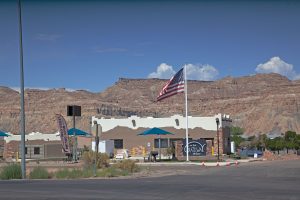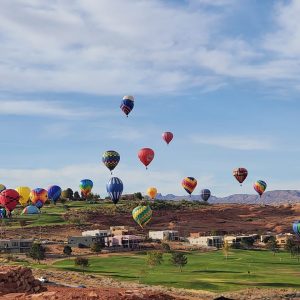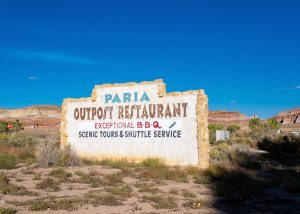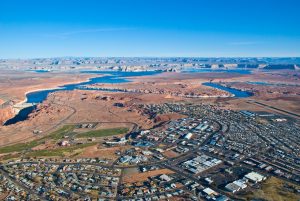On Friday the good news started hitting the papers. It was a SUCCESS!!
The general thought is that this flood is all about the endangered fishies. It is, no doubt, but in my book it is also about the sustainable habitat downstream that has been created by the dam, as well as us wee humans enjoyment of the resource.
Before I get to the news, it is somewhat fascinating that the Salt Lake Tribune’s lead story on the flood was “Dam Test Revives Beaches, Gulps $4 million in electricty” while the Arizona Daily Sun out of Flagstaff “Big sandbars from big flood”.
There are two distinct camps in this story, and several arms (no – not adjustable rate mortgages) to each camp.
Camp Environmental dislikes everything to do with the dam and feels it should be done away with. However, that camp has been much quieter the last seven or eight years we’ve been in a drought and Lake Powell levels have fallen as it provides water to the lower states.
Camp Electricity and Water Sports – well yes, most all of us like electricity and like to be able to flip a switch and have it work. 1.5 million folks get power from Glen Canyon Dam on any given day. Somewhere between 2 and 3 million people will visit Lake Powell and the Glen Canyon National Recreation Area this year and enjoy this awesome resource.
My soapbox ~ The dam is here. The river is changed. The original fishies are struggling. The power is used. The water storage is used. Managing the dam to make everyone happy is not going to occur. The Bureau of Reclamation and their adaptive management program have changed the way the dam is operated, drastically in the hope of mitigating damage.
On With The News…
“The results of a manmade flood in the Grand Canyon last week were immediate and substantial, adding as much as football field-sized areas of vital sediment to sandbars and banks along the Colorado River” according to Grand Canyon National Park Superintendent Steve Martin.
After returning from a five day trip down the river through the Grand Canyon he also said, “On a couple of big sandbars there were already beaver tracks, bighorn sheep tracks. You could see the animals already exploring new aspects of the old canyon.”
He said the new sandbars range in size from small nooks and crannies to ones as large as football fields.
“It changes the feeling of the canyon as you see the sediment along the shoreline from a feeling of increased sterility to one of a greater amount of vibrance,” Martin said. “The benefits are substantial.”
So, how long will the sandbars and newly created habitat last? Some say 18 months, some say much longer. My thought is that we need to continue to monitor the river, continue to care and continue to act in a manner that is reasonable not only for the fishies but for all the people too.





